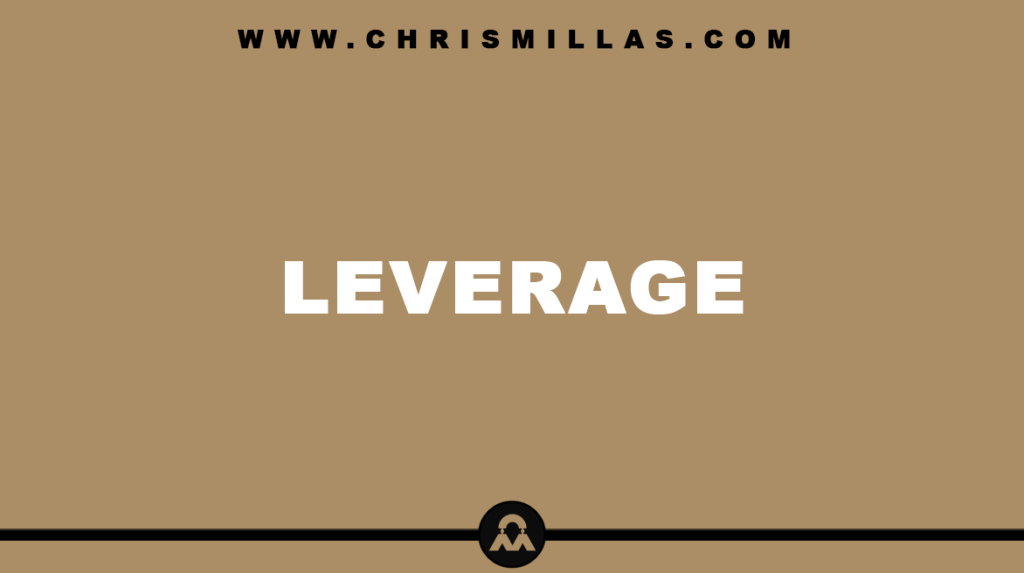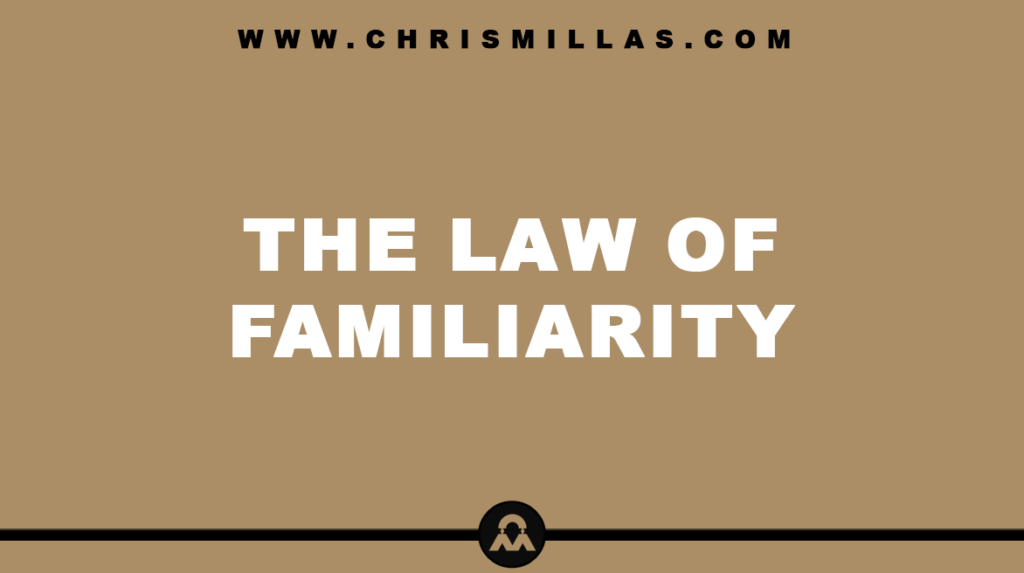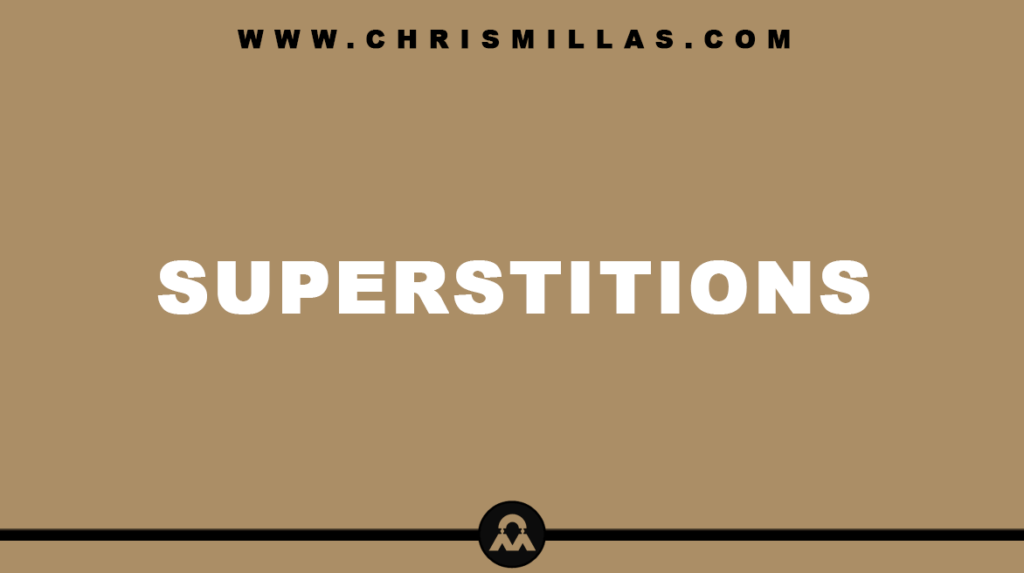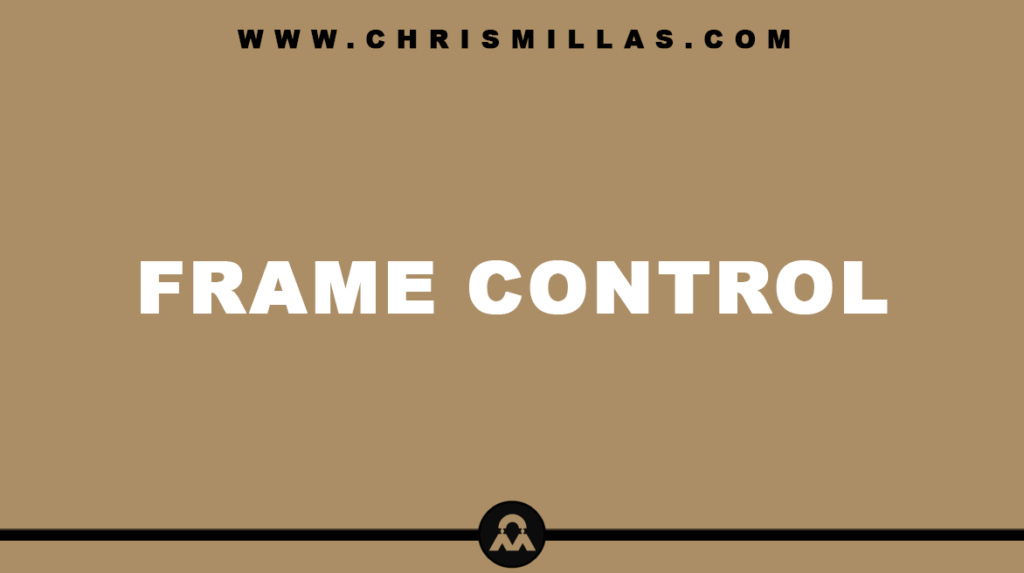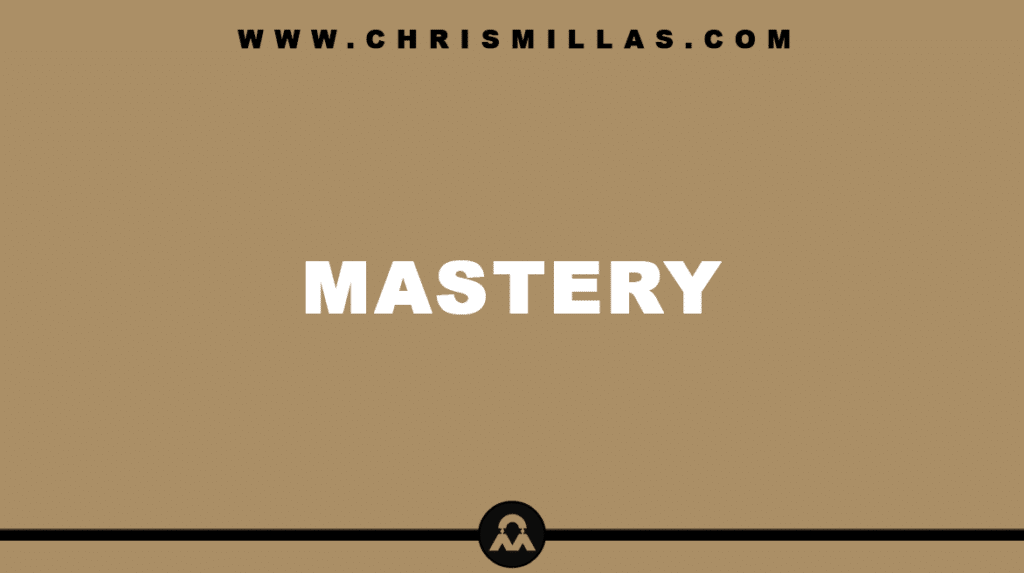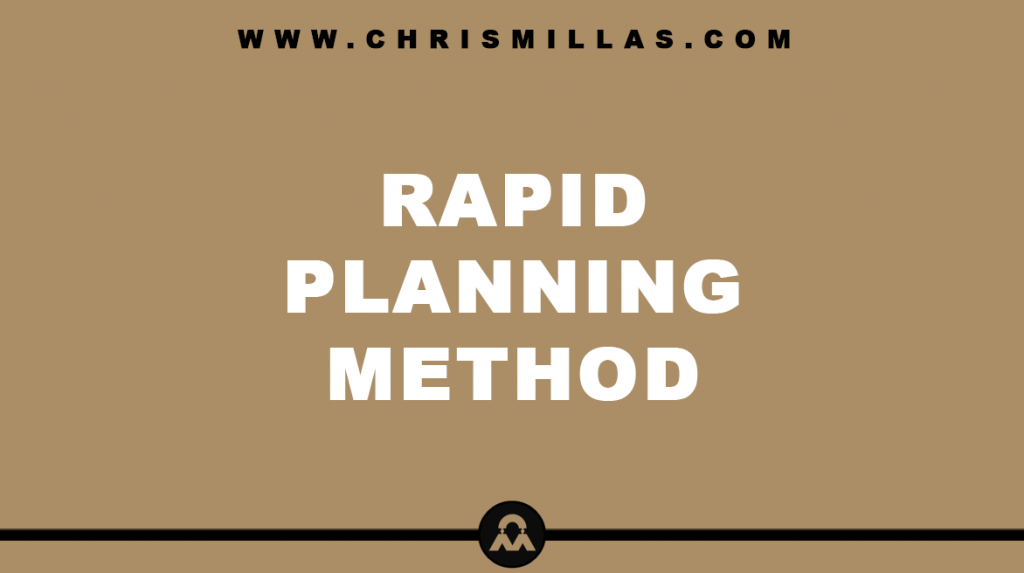In this post, we’ll unpack all you need to know about leverage, defining exactly what it is, why people do and don’t change, how to create leverage, the three steps to creating lasting change and more.
What Is Leverage?
Leverage is identifying the most important influential factors that will create the motivation necessary to drive us to commit to changing an undesired behaviour to a desired behaviour. The more leverage we have, the more motivated we will be to change.
Why People Do & Don’t Change
For most people, the fear of loss has a greater psychological effect ― in other words creates more pain ― than the desire for gain (known as Loss Aversion). As a result, we tend to exert more effort trying to maintain what we already have than on taking the necessary risks to get what we truly desire.
Therefore; the reason why people do change is because they associate more pain with not changing than with staying the same and believe they will experience immediate pleasure and the reason why people don’t change is because they associate more pain with changing than staying the same and believe changes takes forever.
“Change happens when the pain of staying the same is greater than the pain of change.” ― Tony Robbins
How To Create Leverage
The Pain-Pleasure Principle tells us that there are two forces that drive all human behaviour; the need to avoid pain and the desire to gain pleasure.
Therefore, in order to create leverage, we must do two things:
- Associate massive and immediate pain to the undesired behaviour.
- Associate massive and immediate pleasure to the desired behaviour.
Pain is what motivates us to change our undesired behaviour. Pleasure is what makes our desired behaviour last.
“The antidote to transformation is motivation.”
3 Steps To Creating Lasting Change
Once we know how to create leverage, we are armed with the necessary recourses to create lasting change. In order to create lasting change, ask yourself the following three questions:
- What behaviour must I change in order to achieve my goals and the life I desire?
- What has, is and will it cost me if I don’t change?
- What will I gain and get if I do change?
Change has to never be a should. Change has to always be a must. We almost never take action on things we tell ourselves we should do. We almost always take action on things we tell ourselves we must do.
Summary
Leverage refers to the essential factors that influence us to change. We can use it to transform undesired behaviours that don’t align with our goals and the life we desire to desired behaviours that do.
To create leverage, we must associate massive and immediate pain to behaviours that we don’t want and then associate massive and immediate pleasure to behaviours that we do want.
